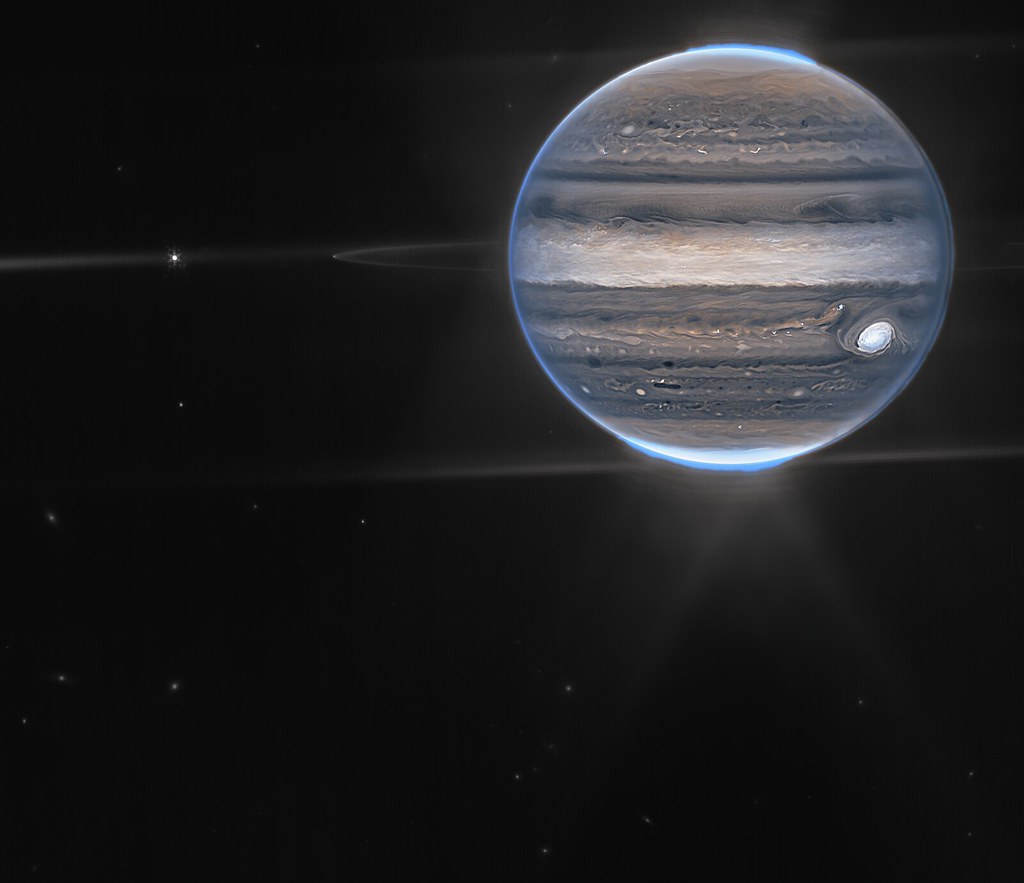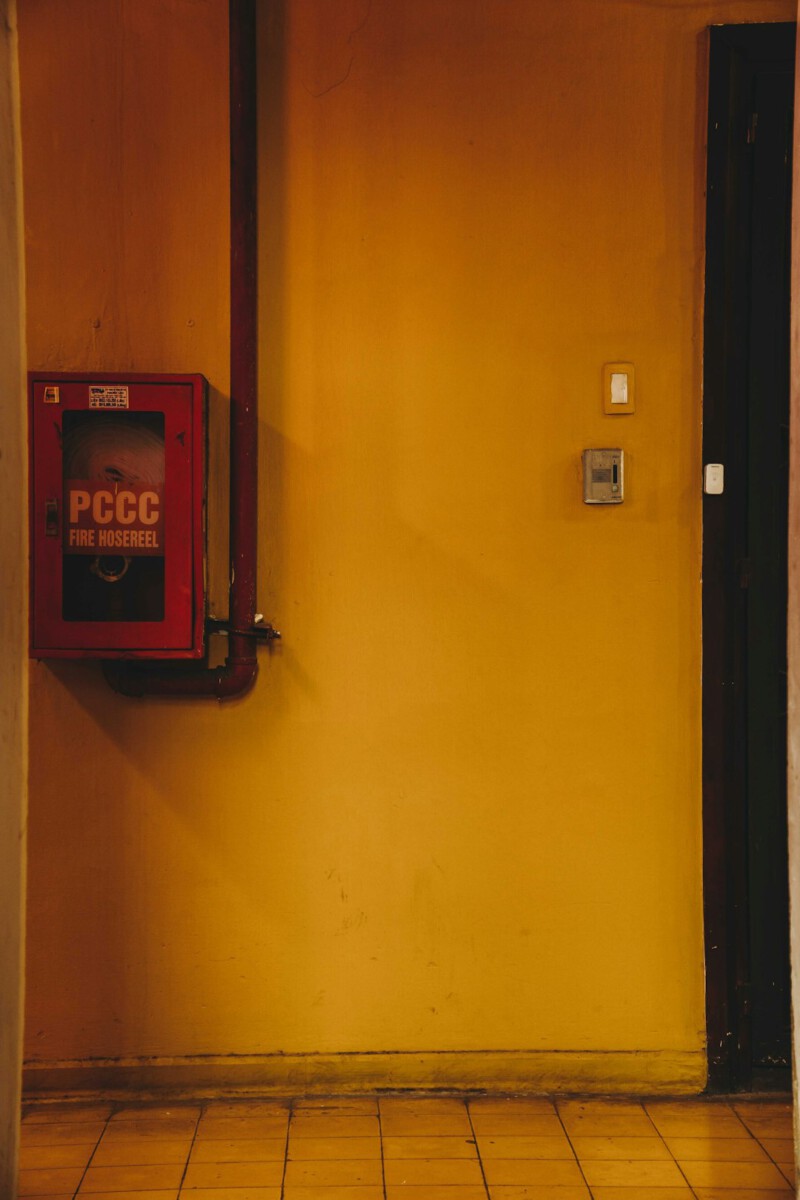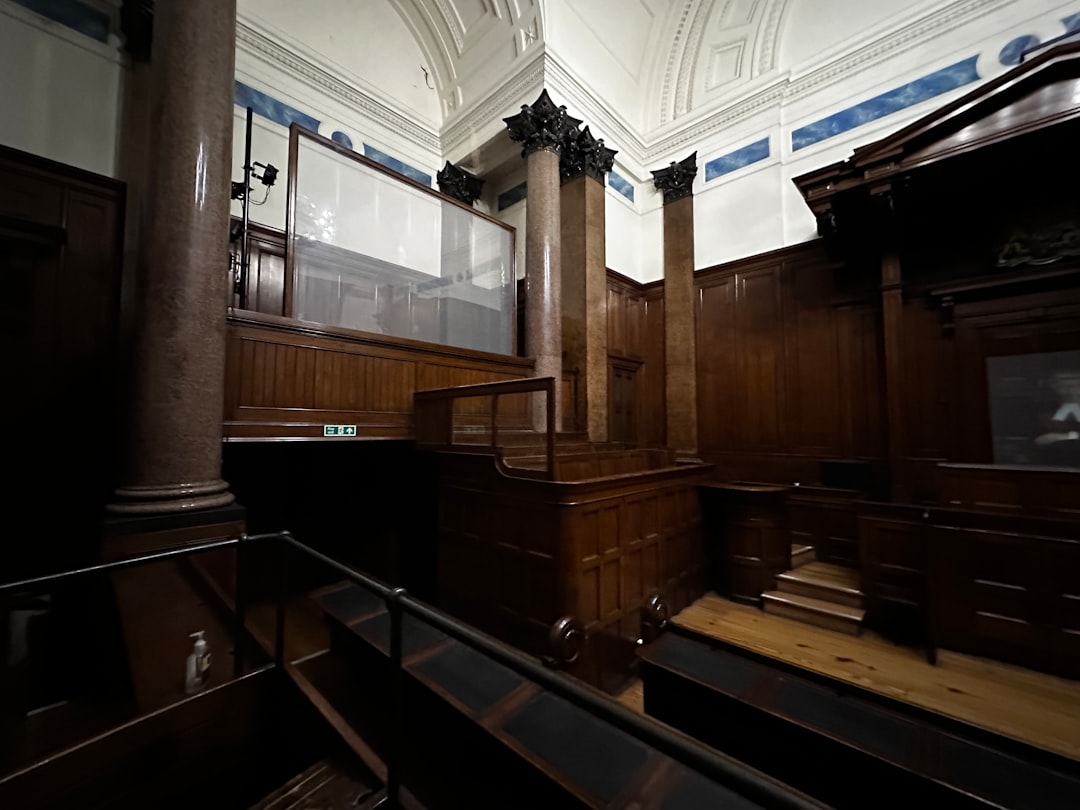A Centuries-Old Enigma That Refuses To Be Solved
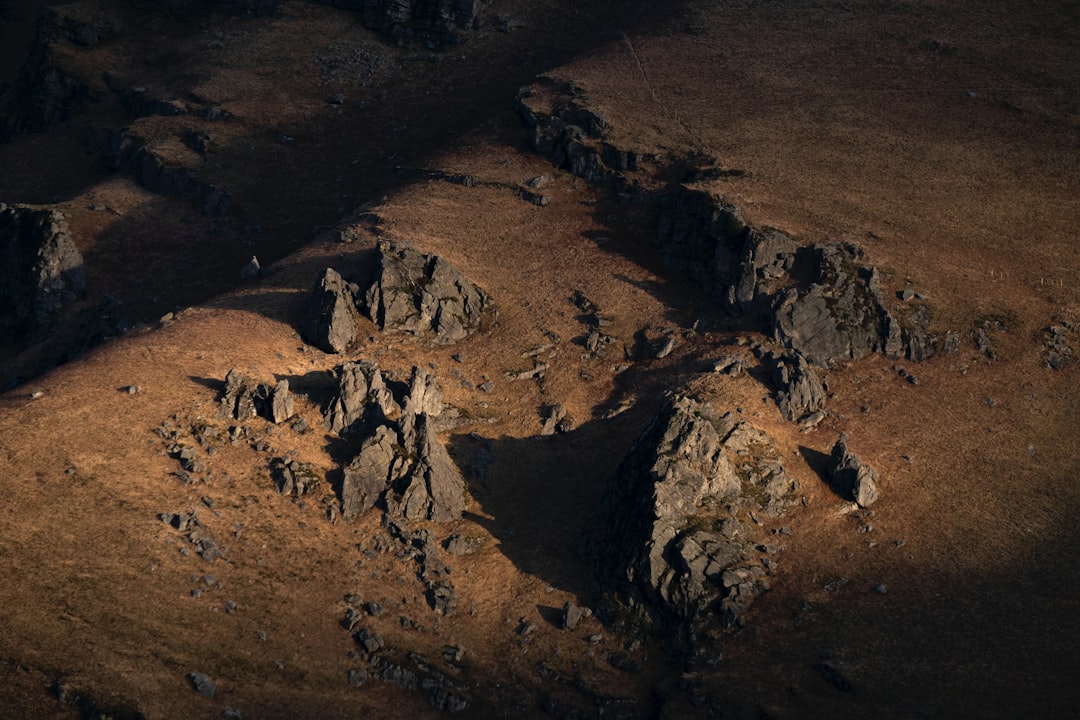
Deep in the heart of North Carolina’s Blue Ridge Mountains, where ancient peaks pierce the sky, a bizarre phenomenon has been mystifying observers for more than a century. The Brown Mountain lights are purported ghost lights near Brown Mountain in North Carolina. On dark nights, these glowing orb-like lights can be seen rising approximately 15 feet off the ground in the Brown Mountain area, which is located approximately 65 miles northeast of Asheville in the Pisgah National Forest. What makes this phenomenon particularly captivating isn’t just its mystique, but the fact that it draws thousands of curious visitors annually to witness something that science still cannot fully explain.
These lights, along the southern edge of the Blue Ridge Mountains, draw thousands of spectators every year and are only an hour’s drive from scenic Asheville. Unlike many ghost stories that fade with time, the Brown Mountain lights have only grown more famous, earning recognition from National Geographic and inspiring countless investigations.
The Scientific Investigation That Started It All
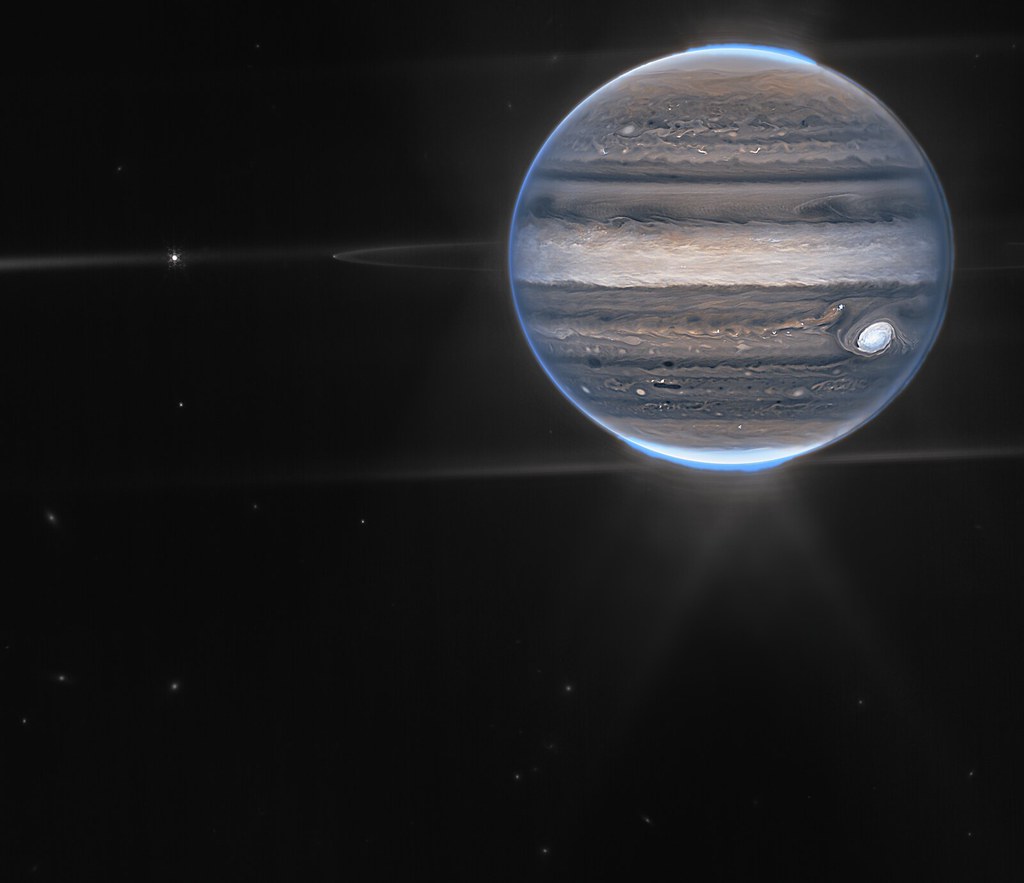
In 1922, a USGS scientist, George R. Mansfield, used a map and an alidade telescope to prove that the lights that were being seen were trains, car headlights, and brush fires, which ended widespread public concern. The government investigation seemed to settle the matter once and for all. A 1913 U.S. Geological Survey concluded that they were headlights from a locomotive, but when the tracks washed away three years later and people continued to see the lights that theory also was thrown out.
Yet here’s where things get interesting. However, sightings continued even after the train tracks were washed out. The scientific explanation that was supposed to end the mystery only deepened it, creating more questions than answers and sparking decades of renewed interest.
What Witnesses Actually See

Witnesses describe glowing orbs that rise from the mountain, hovering and wobbling about fifteen feet in the air before disappearing. The lights vary in color – some report them as yellowish-white, while others have seen them glow blood-red or even take on an ethereal blue hue. The descriptions vary wildly from person to person, making the phenomenon even more perplexing. They’ve been described looking like large balls of fire to small candle lights and from floating near the ground to rising up high into the sky.
Onlookers have reported seeing the lights floating in midair, both by themselves and in groups of hundreds. Sometimes they appear as single mysterious orbs, other times they dance across the horizon in elaborate formations that seem to defy natural explanation.
The Cherokee Legend Behind The Lights
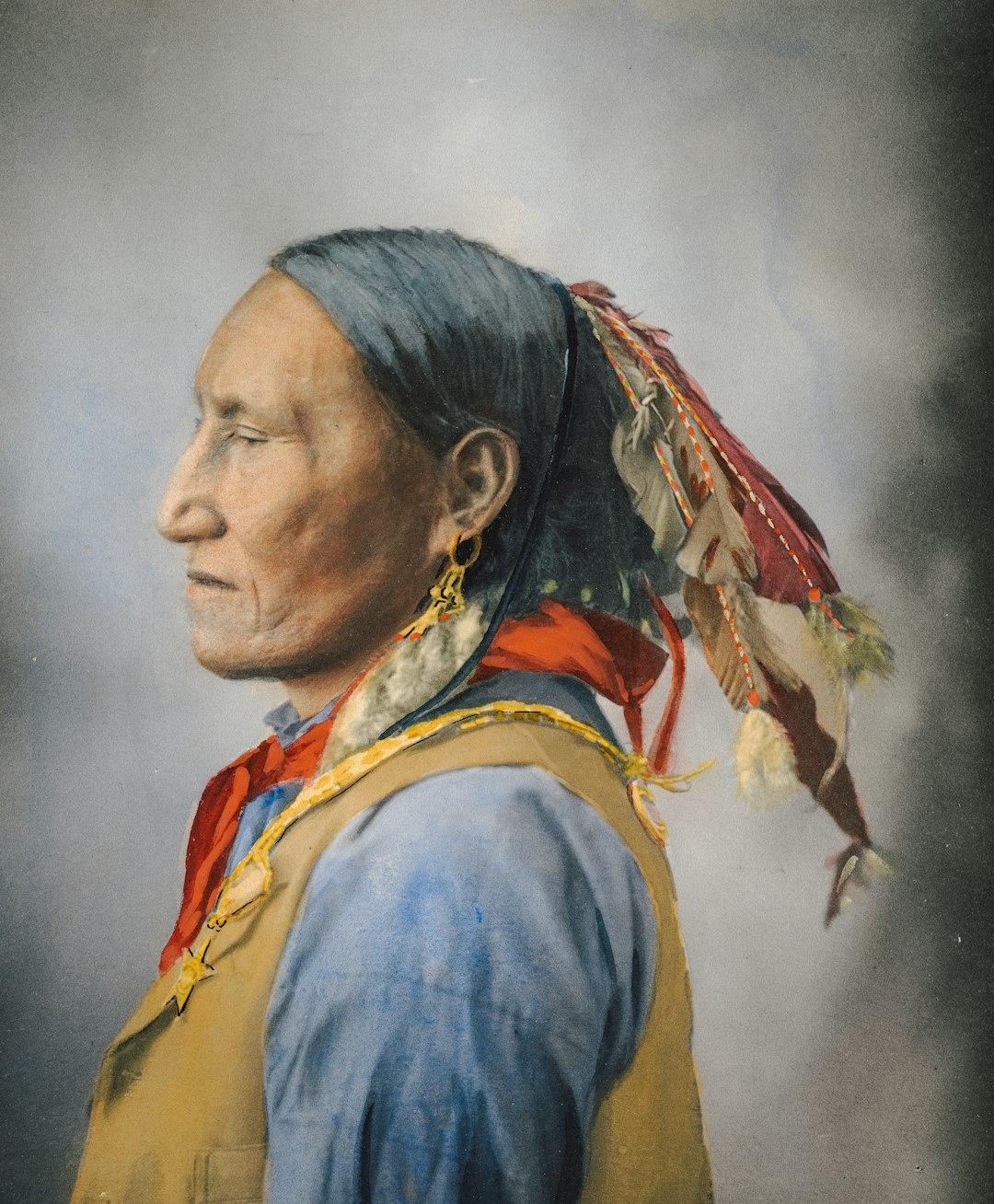
According to Cherokee legend, around 1200 A.D. a great battle was fought between the Cherokee and Catawba Indians at Brown Mountain and the mysterious lights are from the Indian maidens still searching for their men who died in battle. This haunting explanation has captivated people for generations, though historians note that The first publication of a claim that the lights were in any way referenced by a Native American culture was an article in the Asheville Citizen in 1938; it was merely asserted as fact with no sources being provided. Experts on historical Native American traditions state that this is a myth that was invented by white people to justify their own beliefs in the lights.
Despite questions about its authenticity, the Cherokee legend remains one of the most popular explanations for the mysterious phenomenon. The image of grieving wives eternally searching for their lost husbands resonates with visitors who witness the lights dancing across the mountain ridge.
The Folklore That Made Them Famous

Josiah Lafayette “Fate” Wiseman (1842–1932) was the great-uncle of Scotty Wiseman, whose song, The Legend of the Brown Mountain Lights (1961), greatly popularized the Brown Mountain lights, making them the most popular ghost story in North Carolina. The song tells the story of a faithful slave searching for his lost master, carrying a lantern through eternity. This musical interpretation transformed local folklore into a cultural phenomenon that spread far beyond North Carolina’s borders.
They were initially made famous by a 1962 bluegrass song by Lulu Belle and Scotty, “The Legend of the Brown Mountain Lights,” which tells the story of their mysterious origin. It was written and performed by Scotty Wiseman, who grew up in Western North Carolina hearing fantastical stories about the lights from his great uncle, Fate Wiseman. Music became the vehicle that carried these mountain mysteries into American popular culture.
Modern Scientific Efforts To Capture Evidence
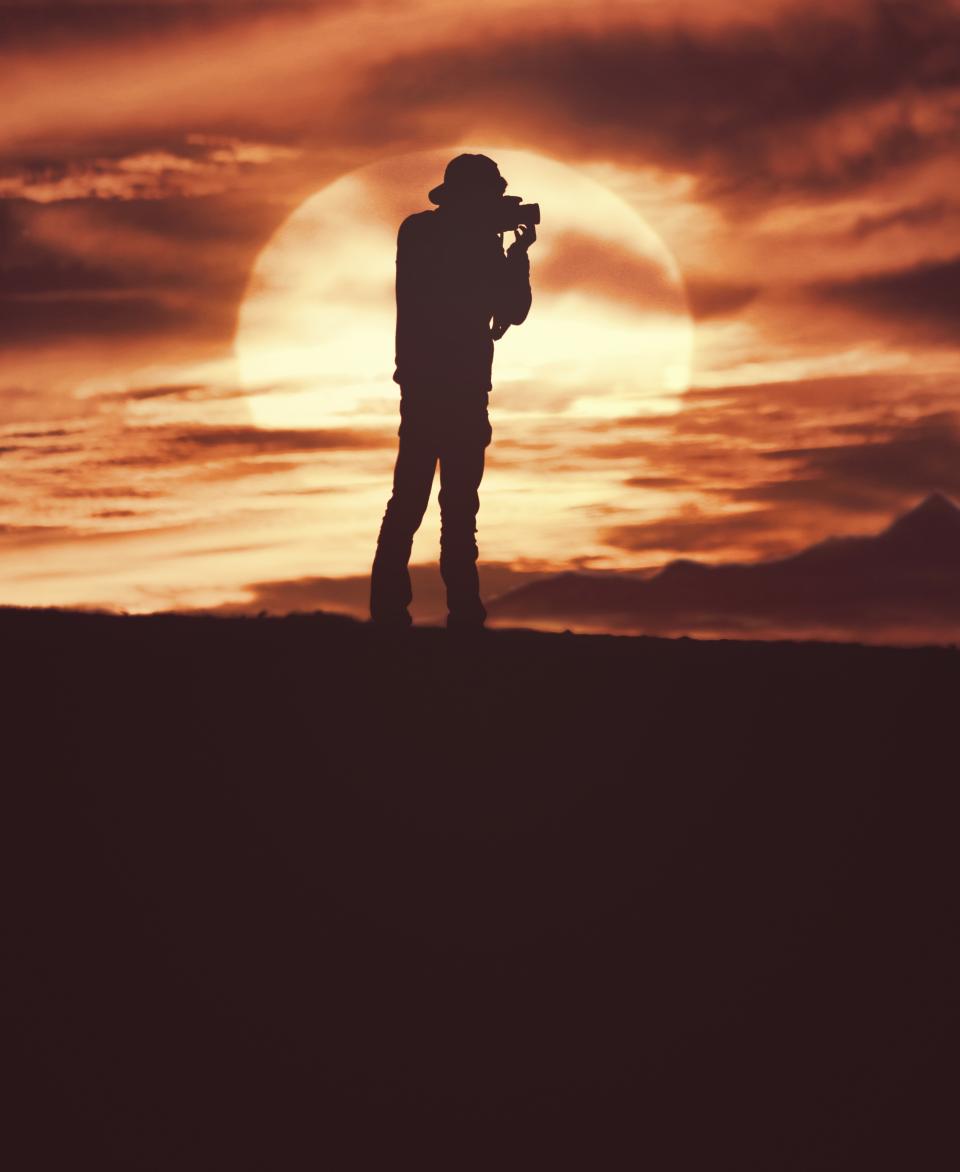
Dr. Dan Caton is a Professor of Physics and Astronomy at Appalachian State University. He has been studying the phenomenon of the Brown Mountain Lights for over 20 years. Lee Hawkins, Observatory Engineer at Appalachian State University, joined him on the quest in 1999. Their dedication represents one of the most comprehensive scientific investigations of the phenomenon in recent decades. Together, they installed cameras at two homes facing Brown Mountain. These cameras imaged the mountain all night, every night. Dr. Caton would make a movie out of the images every single day.
The results were both disappointing and intriguing. He said, “we hoped with the cameras that we would see enough lights that we could correlate it with something, like geomagnetic activity, meteorology, something!” Dan says they didn’t see enough to correlate anything with anything. Lee says, “what we gleaned from the cameras is that you don’t see the Brown Mountain Lights, if at all, very often.”
The Breakthrough Moment In 2016
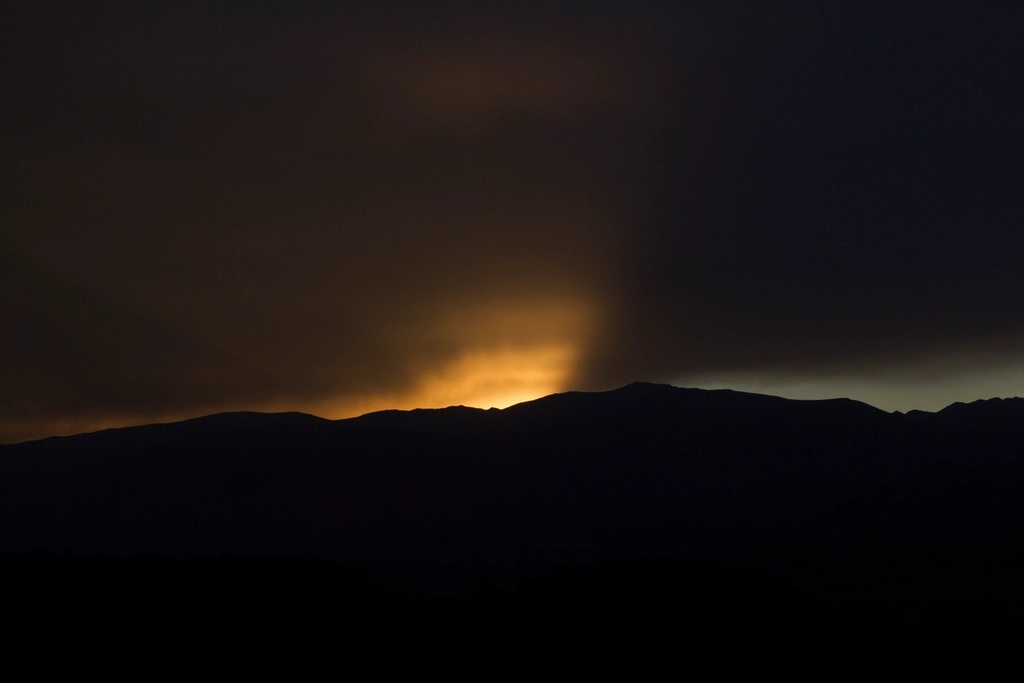
But last month round, glowing lights were captured simultaneously by two time-lapse digital video cameras near the mountain, which is located just north of Morganton. After years of fruitless searching, the scientific team finally had something concrete to analyze. This is the first time we’ve had a dual detection,” (the phenomena on both cameras), he said. “It was something out there. It came on and went back off virtually instantly four times over several minutes,” Caton explained.
“It’s intriguing. I was about ready to give up, so this was one of those moments when you look at the screen and go, ‘What was that?'” Caton said. “It’s the first time we’ve captured something that we can’t easily explain.” This breakthrough moment provided the first documented evidence that couldn’t be dismissed as car headlights or other conventional explanations.
The Ball Lightning Theory
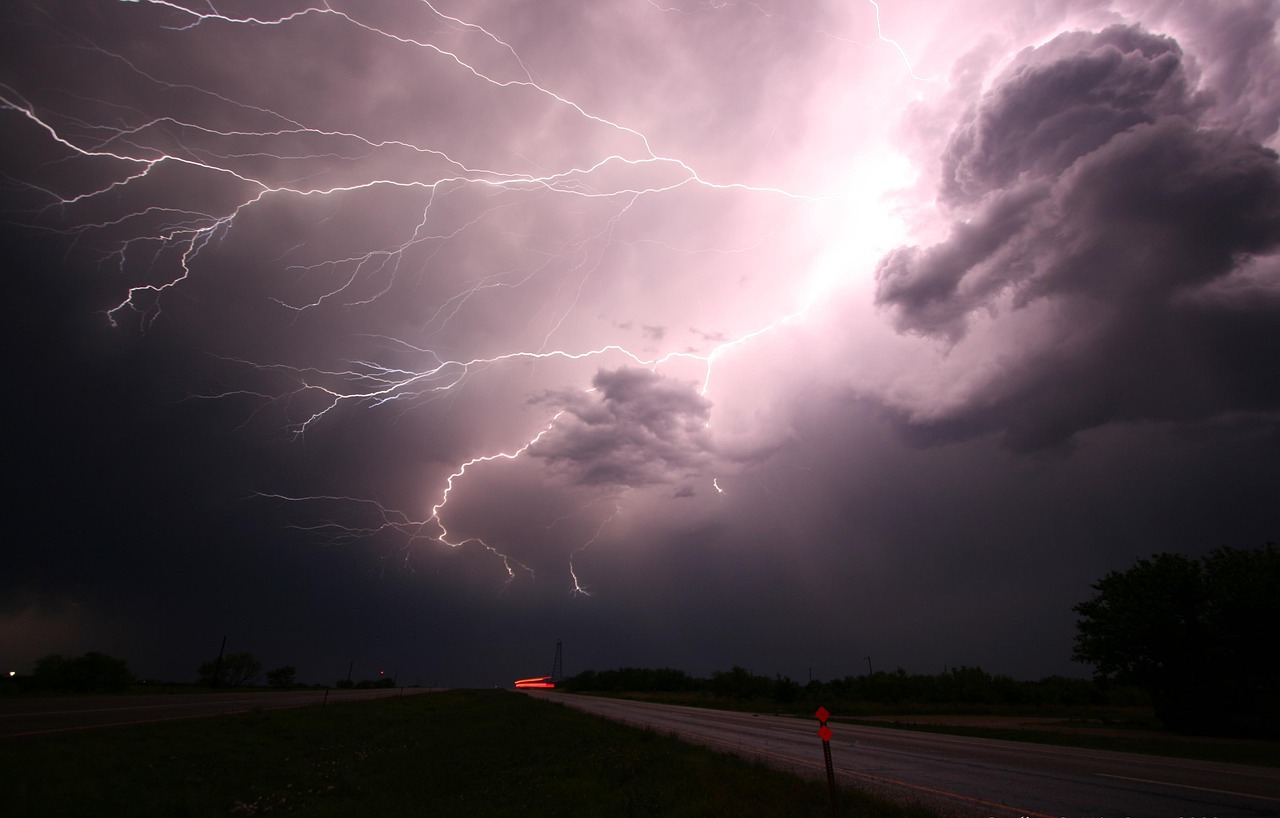
As of today, the team’s best explanation is hissing orbs of lightning called ball lightning. But since this phenomenon is “very random” and “very difficult to study,” Daniel can’t say with 100 percent confidence that it’s the reason. Ball lightning represents one of nature’s rarest and most poorly understood phenomena, making it a fitting candidate for explaining these mysterious lights. Theories of what causes the lights include ball lightning, which Caton considers a possibility, to naturally occurring gases rising from the mountain.
The ball lightning hypothesis offers a scientific framework while acknowledging the limits of current understanding. It’s a theory that satisfies neither complete skeptics nor true believers, leaving room for continued mystery and investigation.
Where To Witness The Phenomenon Yourself
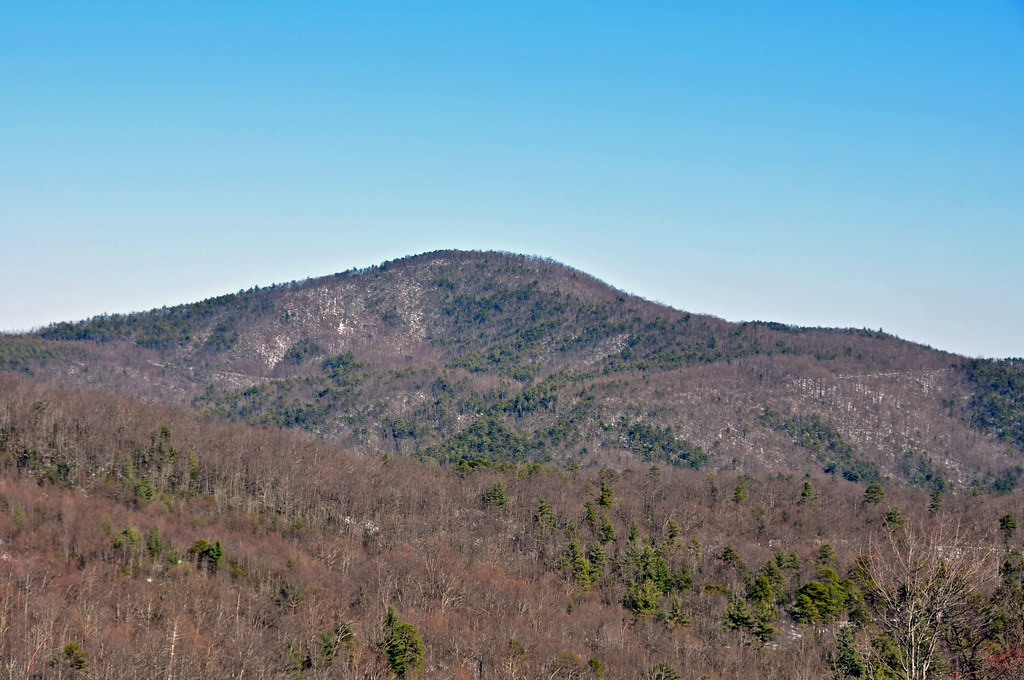
Most reports of the lights come from three viewing locations in the area: Wiseman’s View in the Pisgah National Forest, the Brown Mountain Overlook on Highway 181 and Lost Cove Overlook on the Blue Ridge Parkway. Each location offers a different perspective and viewing experience. There are roadside locations for observing the purported lights on the Blue Ridge Parkway at mile posts 310 (Brown Mountain overlook) and 301 (Green Mountain overlook) and from the Brown Mountain Overlook along North Carolina Highway 181 (NC 181), near Jonas Ridge, North Carolina.
The best viewing location is probably Brown Mountain Overlook, on Highway 181 between mile marker 20 and 21. Wiseman’s View is another good viewing location but it’s a little harder to get to. The accessibility varies significantly between locations, with some requiring challenging drives on gravel mountain roads.
The Best Times To See The Lights
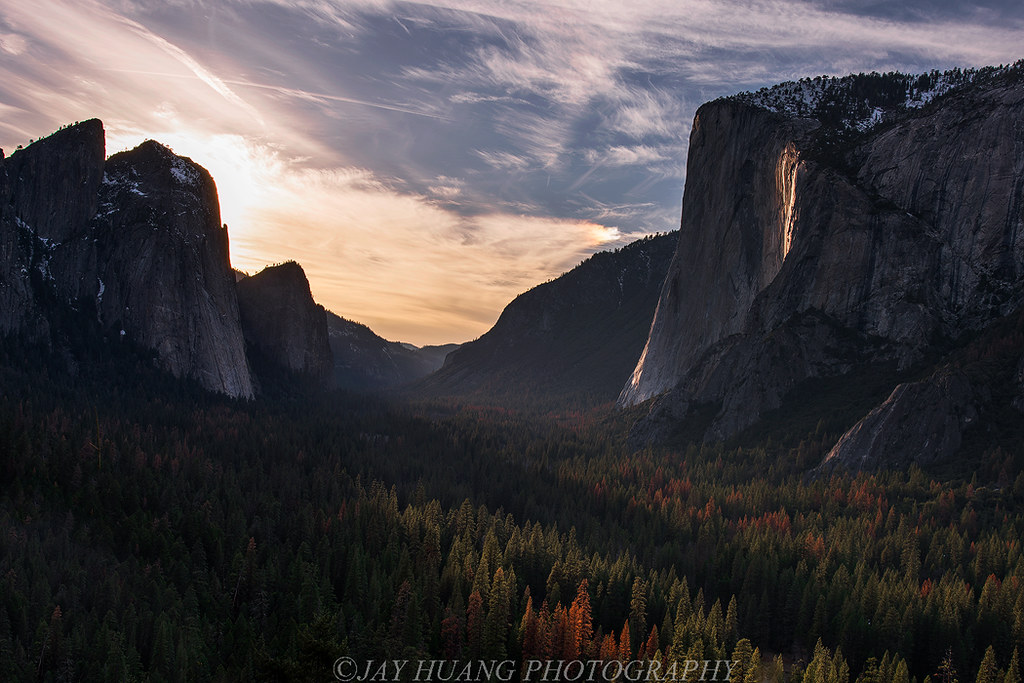
However, they are commonly seen around the time the Fall colors in North Carolina reach their peak, especially after it rains. Timing your visit correctly can significantly improve your chances of witnessing the phenomenon. More reports also happen right after it rains. Although the lights have been reported at all times of the year, most believe October and November to be the best times.
Fall is considered the prime viewing season, especially after rainfall · Dry, crisp autumn evenings provide optimal atmospheric conditions. The combination of clear skies after rain and the specific seasonal weather patterns of the Appalachian Mountains seems to create the perfect environment for sightings.
Personal Encounters That Defy Explanation

One local story recounts that in 1982 Morganton resident Tommie Hunter said he actually touched the lights at the Hwy.181 overlook. He had looked over the edge and saw a ball of light that was hovering, and he touched it. Tommie said it felt like he had stuck his finger in a light socket. Six other people were with Tommie that night and all corroborated his story. This extraordinary claim stands out because it involves physical contact rather than just visual observation.
Stories like Tommie’s challenge conventional explanations and add a deeply personal dimension to the mystery. Having multiple witnesses makes such accounts particularly compelling to those seeking evidence of something truly unexplainable.
The Cultural Impact And Media Attention

National Geographic lists Brown Mountain as one of the best places to see a natural wonder. The Brown Mountain Lights have been the subject of many sci-fi and alien-based television shows. Ancient Aliens, Mystery Hunters, and “Weird or What?” have all featured the infamous site in their search for the truth. The hugely popular 90’s show The X-Files dedicated a whole episode to the bewildering phenomenon in 1999. The lights have transcended local folklore to become a fixture in popular culture.
Alien Abduction, a 2014 found footage film, centers around the lights and mysterious disappearances in the mountains of North Carolina. The phenomenon continues to inspire creative works and draw media attention, ensuring that new generations discover the mystery of Brown Mountain.
The Ongoing Mystery In The Digital Age
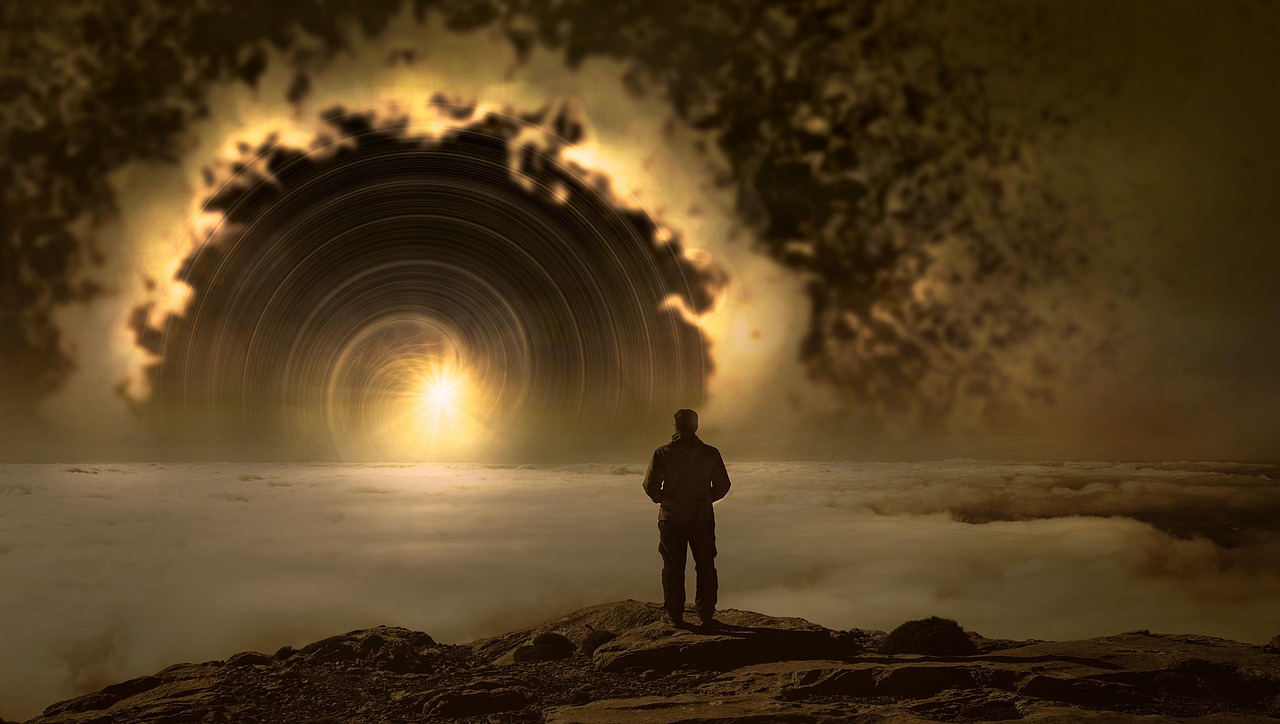
And so, the mystery lives on. Despite decades of scientific investigation, advanced camera equipment, and countless theories, the Brown Mountain lights remain as enigmatic today as they were over a century ago. Scientific minds and paranormal enthusiasts debate the lights’ origins to this day. However, with none coming to any proper conclusion, they remain an enigma for curious travelers.
The persistence of this mystery in an age of satellites, smartphones, and scientific sophistication makes it all the more remarkable. It serves as a reminder that some phenomena continue to elude our understanding, preserving a sense of wonder in our increasingly explained world. Perhaps the real magic of the Brown Mountain lights isn’t in solving their mystery, but in their ability to keep us wondering about what else might be out there, just beyond the reach of our current knowledge.

